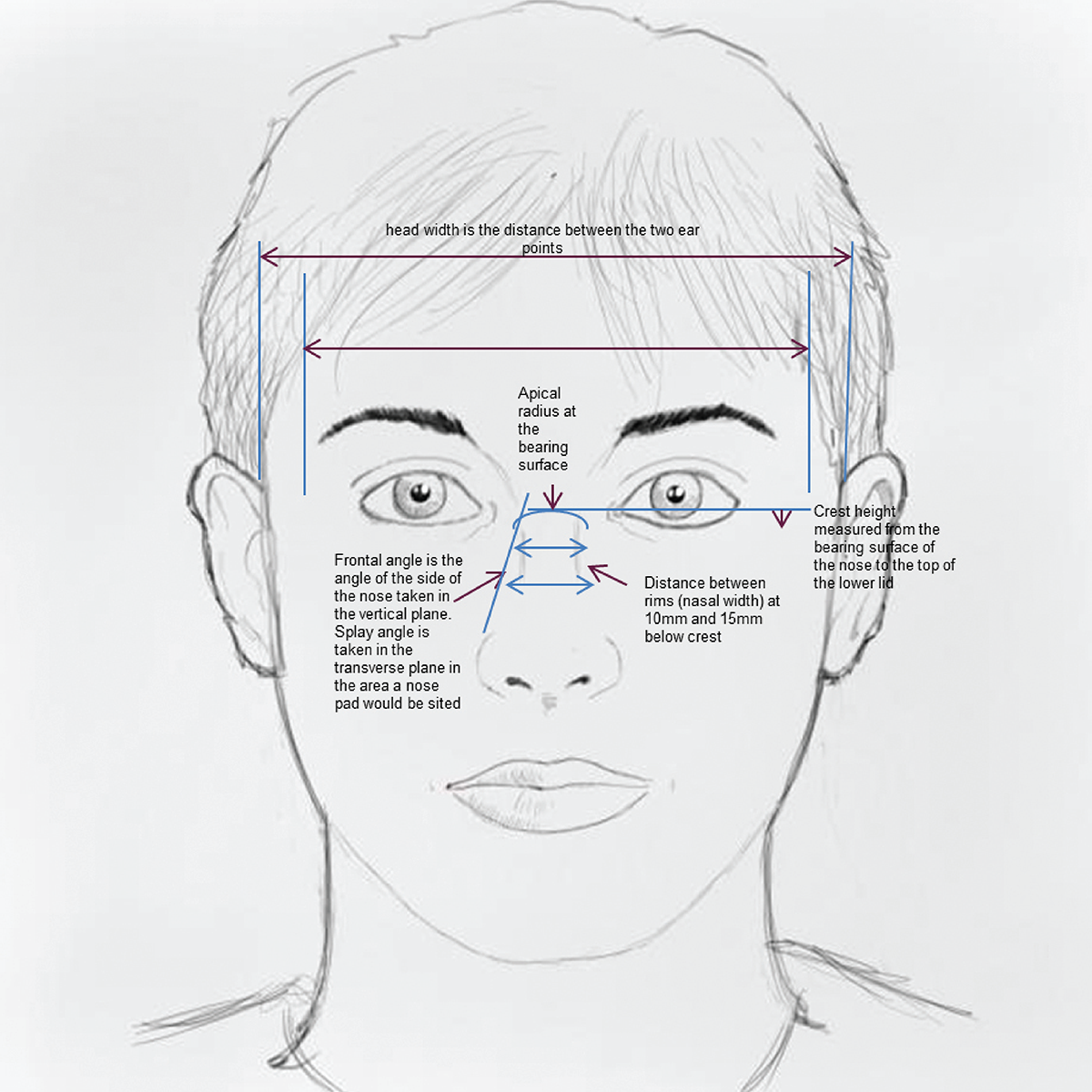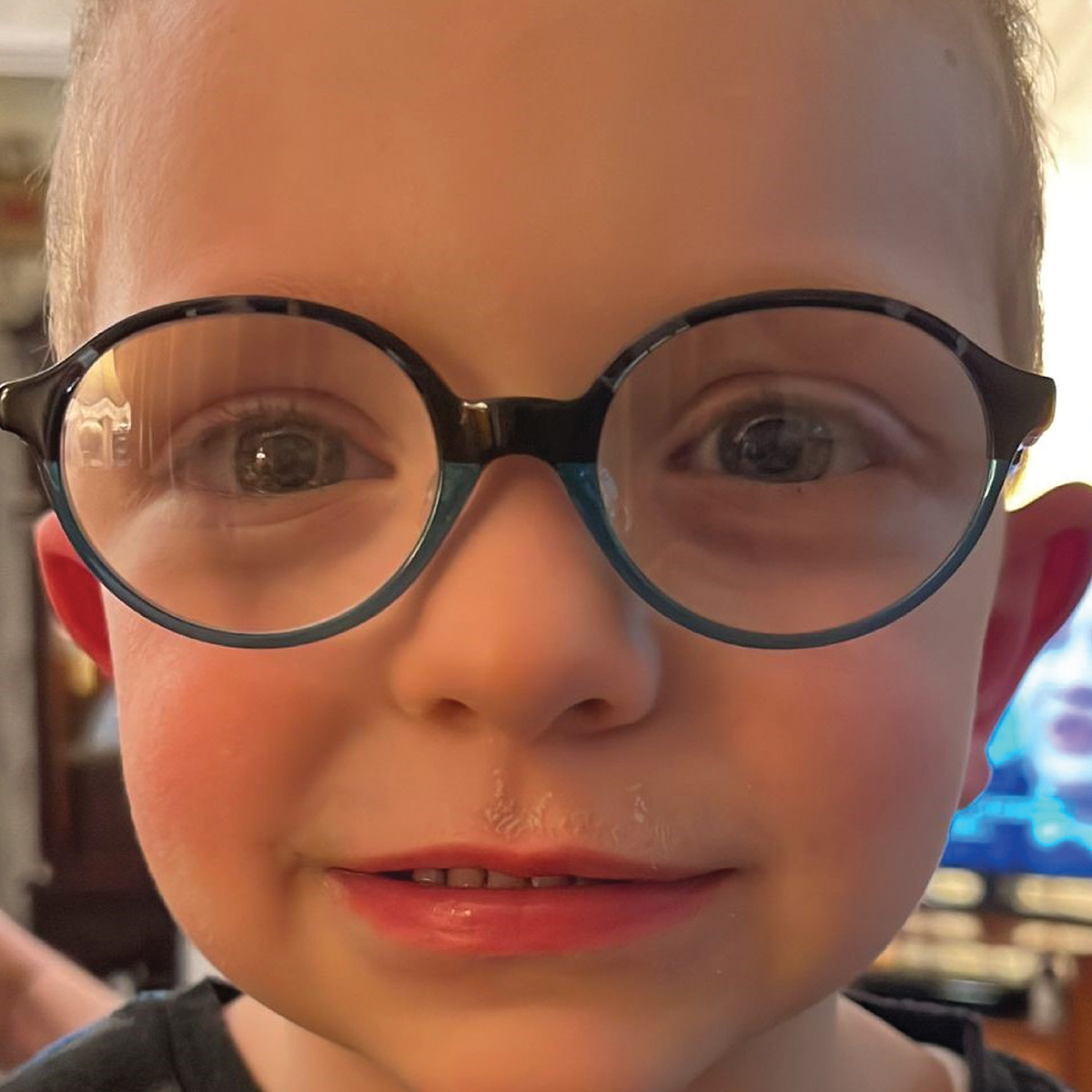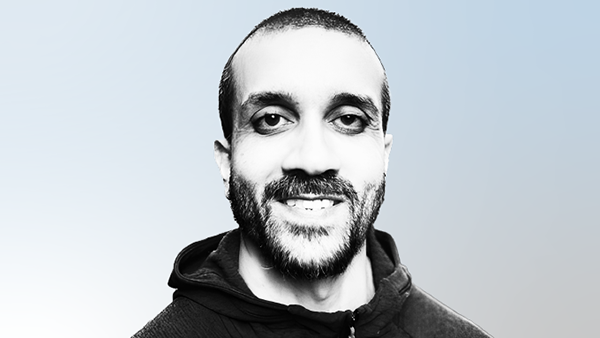Pediatric Dispensing – Fit to Drop?
Changing pediatric frame design to meet childrens’ vision needs
For our youngest patients, being able to see clearly is vital for all aspects of their educational and social development. The patient journey for a child can present with various challenges, ranging from encouraging parents and carers to see eye care as a crucial part of their child’s routine healthcare to dispelling myths that children will naturally report any issues with their vision. If a correction or intervention is prescribed for a child, one positive change is that wearing spectacles is now seen as much more acceptable by children’s peers. However, is enough attention being given to the scaffolding that can potentially alter the effective visual correction?
Here, I share my recent research into facial anthropometry of children’s faces and how change in frame design needs to occur to ensure the visual correction or intervention is delivered more accurately at such a critical time in a child’s development.
A child’s face is not that of a small adult – and yet most frames for children are produced with the same nasal profile as that of a small adult. The inaccurate parameters and lack of adjustability mean that these frames will invariably slide down the face to find anchorage at the more developed nasal bulb, resulting in the child receiving either an inaccurate correction or no visual correction whatsoever (see Figure 1).
A lack of data informing pediatric frame manufacturing fueled my study, which captured over 1300 facial images of children using three-dimensional stereophotogrammetry. Subjects recruited were aged 0–16; the study captured the subjects’ gender and ethnicity, and as well as actively recruiting children with Down’s syndrome.
Fifteen facial measurements (see Figure 2) were captured per image to include pupillary distance, crest height (R&L), distance between rims (DBR) at 10 mm and 15 mm below crest, apical radius, temple width, head width, frontal angle (R&L), splay angle (R&L), distance between pad centers, and a R&L front to bend measurement to help determine frame side lengths.
Table 1. 50th percentile data for typically-developed, white British male subjects.
Data was presented in both scatterplots and percentile data (see Table 1), indicating how our understanding of facial growth and the spread of data can further inform both frame design and adjustment features.
As expected, the distance between the pupil centers increases with age (see Table 1). This measurement should be considered at the time of dispense in relation to the boxed center distance of the frame. This is to ensure accurate centration and also avoid excessive decentration, which will cause excessive edge thickness that can impact on the final fit, as well as giving poor cosmesis.
The crest height determines the vertical position of the frame, and young children have a much lower crest height than that of the positive crest heights of around +6 mm (see Figure 1) in current production. This high, narrow bridge profile encourages the frame to slide down the nose due to lack of contact with the bearing surface. Coupled with a young child having an upward gaze of approximately 20 degrees, the result is the common sight of the child looking over the top of their frames. The crest does eventually emerge to form a more positive bearing surface in the white British cohort, reaching +6 mm at around aged 8–10 years.
The apical radius and DBR’s may relate to regular bridge frames, but they do show us that a young child has a wide and low bearing surface that rises and narrows with age. Similarly, the frontal angle is much larger initially to evidence the wider parameters – and, in the frontal plane, this narrows much more than the splay angle in the transverse plane, which hardly shows any change for this ethnic group.
Interestingly, in terms of rates of change for the white British cohort, the head width shows the most growth, more so than pupillary distance and temple width; in other words, the head form is expanding more rapidly at the ear point, so adjustment to accommodate this growth is required as the lateral pressure of spectacles at the ear point is important for both weight distribution and frame stability.
In the sagittal plane, we can see the growth of the head evidenced by the increase in the front to bend measurement. As a face has no dowel point to equate to a frame’s “length to bend,” the facial measurement is determined from the back plane of the frame front to the earpoint. This is the second highest rate of change, so we know the white British head tends to grow front to back at almost the same rate as it grows across the ear points.
Table 2. 50th percentile data for typically-developed, white British male subjects with Chinese data shown in brackets.
Table 2 shows the same data, but with male Chinese data now added in brackets. Overall, this indicates the differences in facial parameters, but also the difference in facial development for children of Chinese ethnicity.
Initial wider pupillary distance, but not as much growth, was recorded compared with the white British children. Similarly, the crest height is much lower overall and appears not to show a similar steady growth rate. The apical radius values are similar to white British children, but the DBR measurements are wider, along with the frontal angles. Both of these parameters remain similar due to lack of the emergence of the crest. The splay angle is very similar across all the children, which could mean that a pads-on-arms design might be suitable across both ethnicities. However, this is where the entire nasal profile must be considered; though the splay angle may be the same, the difference in crest heights means that the pad arm position ideally needs to be sited lower for children of Chinese ethnicity. The head width is slightly larger overall, but the largest rate of growth is the temple width. Coupled with the shorter front to bend measurement, this demonstrates the difference in head shape and the resultant adjustment requirements of suitable frames. The facial parameters and growth rates also show similarity to children with Down’s syndrome.
For a more successful fit, frames dispensed for younger children ideally should have lower and wider bridges, bridges having substance to push the back plane of the lenses forward to counteract negative bridge projections, rounder eye shapes, and shorter sides. Adjustment properties would ideally include being able to physically cut and re-tip sides, changing the height of the bridge position, different nose pad options, and having the ability to file the angle of let-back to accommodate varying temple and head widths.
In addition to more evidence-based products being manufactured, enhanced communication is key to improving pediatric dispensing – parents may have a strong opinion about how they want their child to look, and children may also have their own desire for a particular character or brand. To explain to a parent that their child’s face is not yet fully developed, to actively estimate or measure a child’s face, and to only present a range of frames that will fit that child’s face ensures a more successful and positive experience for all.
The New Optometrist Newsletter
Permission Statement
By opting-in, you agree to receive email communications from The New Optometrist. You will stay up-to-date with optometry content, news, events and sponsors information.
You can view our privacy policy here
Most Popular
Sign up to The New Optometrist Updates
Permission Statement
By opting-in, you agree to receive email communications from The New Optometrist. You will stay up-to-date with optometry content, news, events and sponsors information.
You can view our privacy policy here
Sign up to The New Optometrist Updates
Permission Statement
By opting-in, you agree to receive email communications from The New Optometrist. You will stay up-to-date with optometry content, news, events and sponsors information.
You can view our privacy policy here










